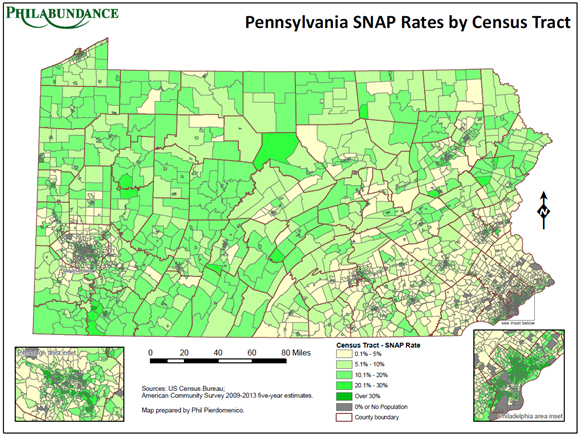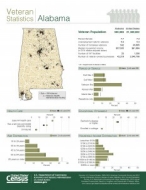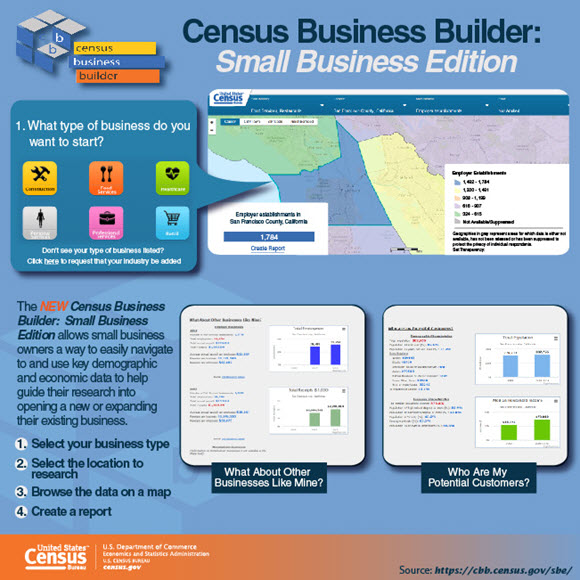10 Ways the American Community Survey Serves Communities
10 Ways the American Community Survey Serves Communities
Since 2005, the American Community Survey has provided annual data on more than 40 topics for our nation’s communities. Over the past 10 years, we have seen the many ways local communities, businesses, policymakers and researchers use these statistics to guide decisions that affect the daily lives of the American people.
How have you used #ACSdata over the last 10 years? We invite you to share your experiences in the comments or on Twitter. Here’s just a few examples:
1. Disability Statistics
The Gwinnett County Department of Fire and Emergency Services used American Community Survey statistics on disabilities to justify the need for the 2015 Chesney Fallen Firefighters Memorial Grant to purchase bedside alarms for deaf/hard of hearing individuals.
2. Poverty Statistics
Information on income and poverty is used to allocate funding to areas with the greatest need. Philabundance, a hunger relief organization serving the greater Philadelphia area, used poverty and Supplemental Nutrition Assistance Program statistics from the American Community Survey to map where people in need lived. Through the visualization, they found that hunger was not confined to the city limits; it had expanded into the suburbs and rural areas. Philabundance uses these statistics to guide decisions regarding hunger relief efforts.
3. Commuting Statistics
What time do you leave for work? That’s one of the questions we ask to help both local and federal transportation planning. The South Carolina Department of Transportation uses the American Community Survey to determine the potential impact of a transportation project — such as a new road — on the local community, residents and environment.
4. Education Statistics
Statistics help us measure changes in education over time, evaluate the educational attainment of the workforce and to identify the educational and training needs of adults. The Washington Workforce Training and Education Coordinating Board uses education and unemployment data at the local level to track employment of young workers (ages 18-24). It uses the American Community Survey as an ongoing measure to track how policies are affecting this group’s socio-economic status.
5. Veterans Statistics
Though the Department of Veterans Affairs maintains veterans’ records, American Community Survey statistics provide federal and local program planners, policymakers and researchers with additional statistics about all veterans, regardless of whether they utilize VA services. Veterans Affairs uses the American Community Survey for a variety of reasons, including assessing the eligible population for federal programs benefiting veterans, such as health care and job training. Along with other data sources, Veterans Affairs also uses the service-connected disability statistics along with veteran population numbers to assess veteran population needs and estimate usage and demand for future medical care facilities.
6. Business Creation
Census Business Builder: Small Business Edition combines both demographic data from the American Community Survey and Census Bureau economic data to help small-business owners’ make data-driven decisions when looking into opening or expanding their businesses.
7. Emergency Planning
Many questions on the American Community Survey help communities prepare and respond to disasters. Scientists from the National Institutes of Health use the statistics to simulate the spread of disease, allowing decision-makers to prepare for the next potential outbreak. They use the data to create “synthetic” populations and determine the effect of disease transmission.
8. Housing Statistics
Zillow uses American Community Survey statistics to add neighborhood-level characteristics to its database of more than 110 million U.S. homes. Statistics like commute times, median income and home value allows Zillow to empower consumers with knowledge about the place they call home.
9. Personal Finance
Nerd Wallet uses American Community Survey statistics to “provide clarity for life’s financial decisions.” Using hyperlocal American Community Survey statistics like age, housing cost and home value, the company creates accessible online tools and provides research to help consumers with personal finance decisions.
10. Income and Age Statistics
KaBOOM! uses American Community Survey statistics, such as median household income and the number of children 12 and under, to identify areas in need of playground equipment. It uses these statistics as a baseline to promote the concept that “Play matters for all kids.” KaBOOM! has created over 2,500 playgrounds across the country to serve more than 6.5 million children.








